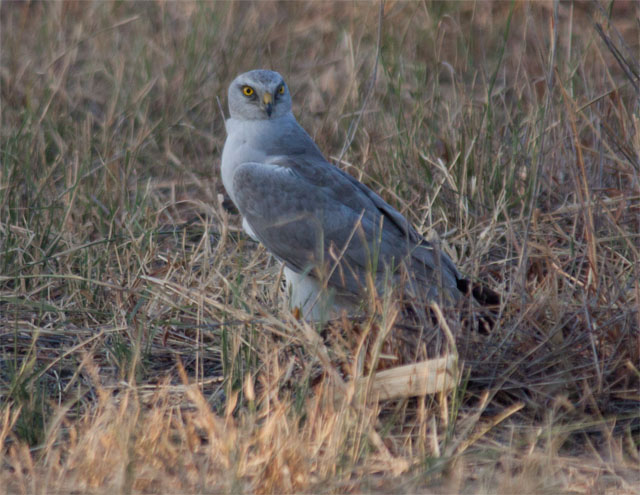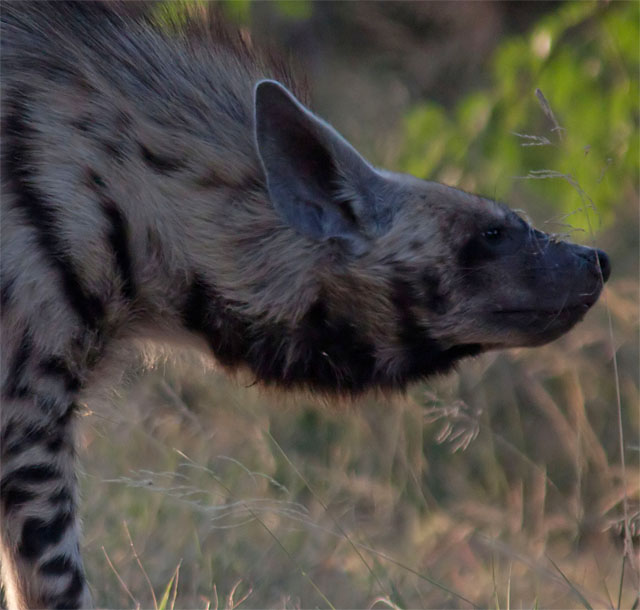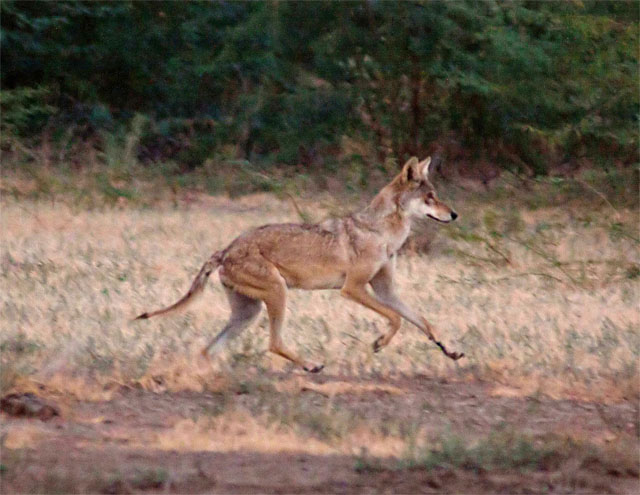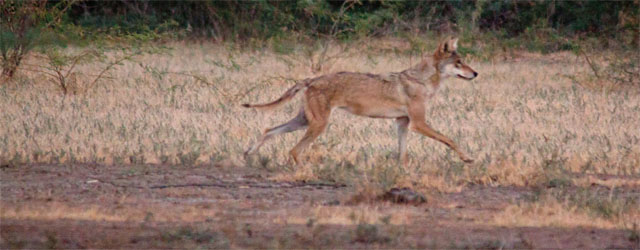“Home’s not merely four square walls,
Though with pictures hung and gilded…” – Charles Swain
Perhaps not, but fox photographs and a new banner do help a blog feel more homely.

One-Eye is the dominant male of the Horse Meadows Group. This large fox family calls a sizable part of my parish their territory. His eye injury is at least two years old and doesn’t seem to affect him.
This blog is still an infant – under a month old – but, like all children, it is hungry for stories. Everywhere I tread, from woodlands splashed with gold at sunset to chalky hills cradling sleepy flowers, offers its own scripts. At the same time, I have to introduce this blog to its ancestry: journeys through truly wild lands that consumed so many posts on Opera.
I will move some of my old travelogues here and store them under their own pages, hopefully to be joined by my more recent adventures as time permits. First up: Gujarat in northwest India. Here’s a little nostalgia – a post from Velavadar National Park, which I visited on 26th November 2012.
___
Originally posted on Opera on 11th December 2012
Dust is a canvas. I’ve left the car to explore the edge of a little lake, human-dug, I think, to provide seasonal water for the park’s wildlife. Blackbuck appear in fragments through the long grass but the dust is more exciting for me. Written in it are the tear-drop tracks of a wild cat, the first I’ve found on this trip. They’re not huge – about fox size – and I think they are the insignia of a jungle cat Felis chaus. I just have an inkling…I scan the bushes, and I scan the grass.
There is nothing.
Back to the car, then, and back on the quest for the hyena, and back past wildlife that would monopolise my attention anywhere in Europe, but is so common here that it hardly wins a second glance.
Montagu’s harrier

Pallid harrier

The hyena isn’t being cooperative; down we head towards the little lake again, and there – a cat! A jungle cat, a big male cat, fox-red, greyhound-sleek, bounding across the road. He stops, for a fraction for a second, and stares back through the grass, and then melts away as if he had never been. I suspect that I was within metres of him at the lake, and saw nothing. Cats…
Half an hour passes. And then, incredulously, another jungle cat materialises. It’s not adult size, and not quite as stealthy as its peers. Apart from the trailcam’s capture of the bobcat last spring, it’s the first time I’ve ever caught a wild cat on my own camera.

The cat family is comprised of around 36 members, most of which are quite small and very poorly known. Jungle cats are about a third larger than domestic cats, and enliven wild areas from Egypt to China. This one doesn’t stay in view for long, but still – a wild cat!

We drive onwards. And then someone else appears on the road.

Striped hyenas are a rare example of a wild species whose appearance lives up to its name!

This hyena is much less social than its spotted African cousin. I’m curious at its gait; it waddles, almost, rather than walks. The hyena, for its part, is more curious in the local scents.

It might be merely wandering, rather than hunting; the nilgai do not seem to be concerned.

The sinking sun catches its ruff.

And that, by any standards, makes for a successful safari. The day is over: the flamingos mark the sunset.


But something more is there – the Indian subspecies of the animal that has compelled me to travel the world from Vancouver Island to Madhya Pradesh. What it is to look into the face of a wild wolf – those are the moments that no wildlife photographer can ever forget.


The light is terrible, and the wolves do not tarry. They lope across the track and stride back into the heart of Velavadar.

Tomorrow our path turns southwards towards Gujarat’s most famous park. I will remember Velavadar as a good place. It is the home of wolves.
A really unique blog, beautiful photography.
LikeLiked by 1 person
Thank you Bob, and welcome here 🙂
LikeLike
I remember this one. Is it already 5 years? Time travels so fast…
We have seen a wolf only once, for a brief one or two seconds on Vancouver Island, on the side of some back road near Coombs. He turned at once and disappeared in the bush. I was hoping to see one on Vargas Island but they stayed hidden. Just a lot of tracks.
LikeLiked by 1 person
Five years…hard to believe that Opera’s been gone almost that long. This was the last international travelogue that I posted on there, I think.
I would be thrilled to catch a glimpse of a VI wolf, even for a second or two. That must have been an amazing moment. I had a brief glimpse of a cougar while I was living in Tahsis but never saw an island wolf. I still haven’t had a confirmed sighting of wolves in Europe either although have caught them three times on camera traps in Poland. Some of the students in Croatia this summer were hoping to spot wolves, and I had to explain that a wolf can be in Dalmatia one day and a different country the next.
LikeLike
Adele — thank you for finding me, ’cause that meant I found you! Love the fox recordings. Were these done on your place? Makes me wish I lived in Surrey so I could join you on your walks and talks. The blog will have to suffice for now. Foxes are one of my favourite animals. A vixen raised a brood of 6 one year under one of our sheds. An amazing time to watch them all.
LikeLiked by 1 person
Thank you so much Sally! I’m looking forward to enjoying more of your beautiful blog 🙂
Oh wow, six kits – must have been an exhausted vixen! Wonderful to watch, I can imagine. Yes, I have foxes visit my garden nightly, and I don’t like to think how many photos and movie clips that they’ve compelled me to take over the years. I have also occasionally looked after orphaned kits or injured adults for a British wildlife rescue charity. They are amazing and endlessly surprising creatures.
LikeLiked by 1 person
We were surprised how easily she accepted us being around. (We never tried to pat or pick up the kits.) She seemed to really bond with my husband. In fact he became a babysitter … as long as he was working outside or had the garage door open she felt comfortable going off hunting and leaving the little ones in his care. Incredible. And yes, she was often tired, especially as the kits got older. To escape them she would crawl up into a large flower tub on our deck (we called her The Potted Fox) … the kits weren’t big enough to reach her so she was able to grab short naps. Such is mothernood. 🙂
LikeLiked by 1 person
That’s lovely! Your husband must have felt very honoured. The Potted Fox…I like the name 🙂
LikeLike
Adele, very nice post! I remember you India visit! Welcome to WordPress. I’ve been using it for a number of years, like you, after Operas demise! It has proved to be a reliable platform. I do like your new banner. This is how I always pictured you on your rambles!
LikeLiked by 1 person
I’ve decided I like WP 🙂
Thanks! That photo comes from Bieszczady National Park on the Polish-Ukraine border. I’ve visited Poland quite a few times in the last couple of years.
LikeLike
A nice post, Adele … it was nice to see the India shots again. The cat is extremely nice, and the wolf reminds me a lot of our Texas reds (endangered now, more’s the pity).
LikeLiked by 1 person
Indeed, they do resemble C. rufus. The Red Wolf Coalition (which is fighting to save the reintroduced red wolves in North Carolina) has argued that genetic testing is needed for wolf-like canids in Texas. As you’ll know, they’re now officially classed as extinct there but some of the ‘coyotes’ definitely look rather wolf-like. I hope there are still some surviving in Texas, somewhere. One of my favourite animals – always has been.
LikeLike
I hold out some hope for their survival, too. But it grts to feeling mighty slim when I encounter such local yokels as the backwoodsman whom I heard sating “Rare? no, they ain’t rare at all … why, I shoot ’em all the time.’
LikeLike
LikeLike